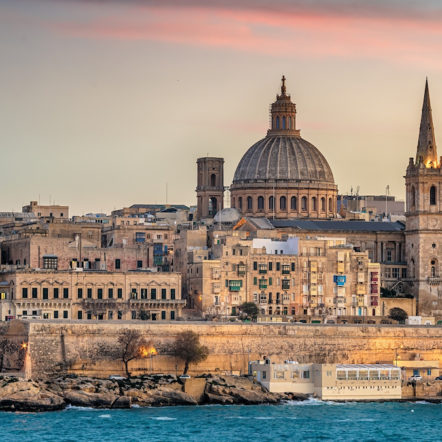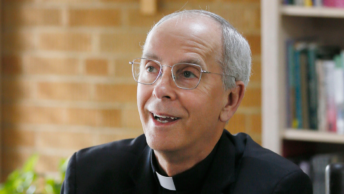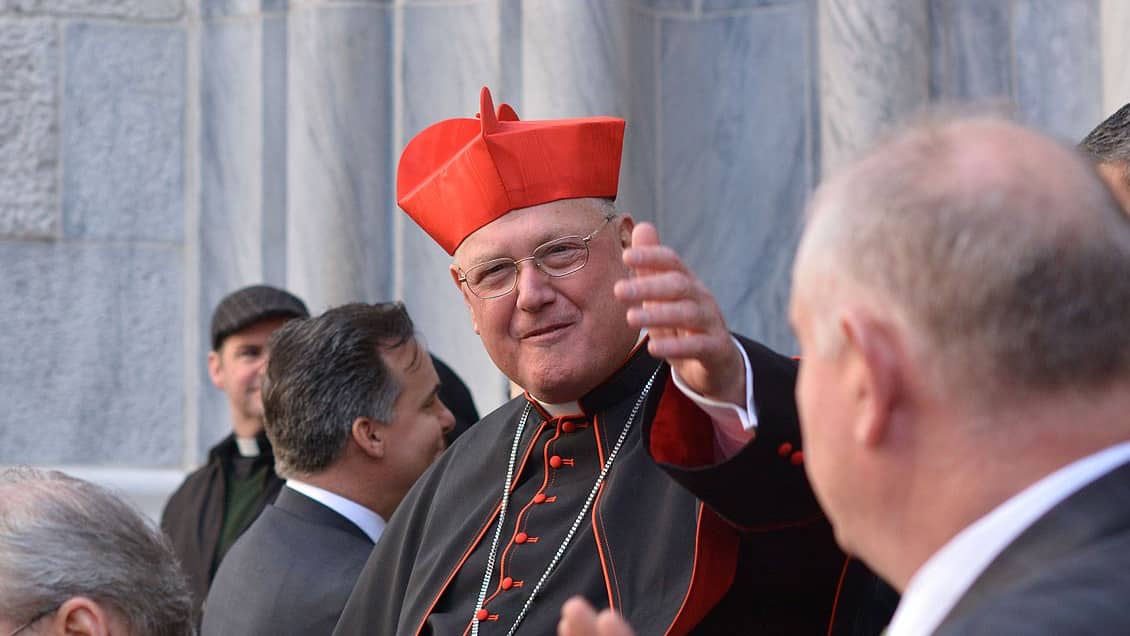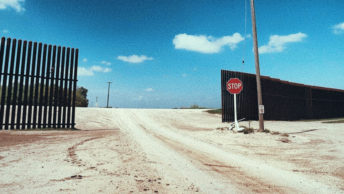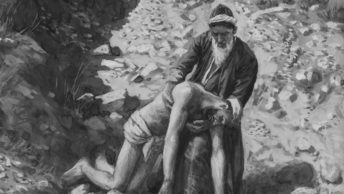It has been of immense joy that we Maltese, from April 2-3, 2022, joyfully welcomed Pope Francis on our Islands of Malta and Gozo. Pope Francis was the third Roman Pontiff who visited us, after of course the two visits of St John Paul II and Pope Benedict XVI.
In his catechesis following his 36th Apostolic Journey outside Italy, which brought him to the Island of St Paul, Pope Francis described Malta as a key-place. By this term he principally meant three things.
First, Malta is a key-place due to its geographical position at the heart of the Mediterranean. On this point, the Holy Father said: Malta is a key-place. Above all, it is so geographically, due to its position in the centre of the Sea between Europe and Africa, that also bathes Asia. Malta is a sort of “wind rose”, where peoples and cultures meet. It is a perfect place to observe the Mediterranean area from a 360º degree perspective… Malta represents the rights and power of the “small” nations, small but rich in history and civilization that should lead toward another logic – that of respect and freedom – the logic of respect and also the logic of freedom, of the coexistence of differences, opposed to the colonization of the most powerful.
Second, Malta is key-place because of the migration phenomenon. The Pope said: In the John XXIII welcome centre, I met numerous migrants who landed on the island after terrible journeys. Then, Pope Francis took the opportunity to highlight the importance of welcoming them when he said: We must never tire of listening to their testimonies because only this way can we emerge from a distorted vision that is often circulated in the mass media, and the faces, the stories, the wounds, the dreams and the hopes of these migrants can emerge. Every migrant is unique. He or she is not a number but a person. Each is unique just like each one of us. Every migrant is a person with dignity, with roots, with a culture. Each of them is the bearer of a wealth infinitely greater than the problems they bring. And let us not forget that Europe was made of migrations.
Returning back to the Maltese ethos of welcoming, as in the past we Maltese did with St Paul and his companions who were shipwrecked, Pope Francis said: Welcoming them must be organized – this is true – and supervised; and first, long before, it must be planned together, at an international level. The phenomenon of migration cannot be reduced to a crisis; it is a sign of our times. It should be read and interpreted as such. It can become a sign of conflict, or rather a sign of peace. It depends on how we take it; it depends on us. Those who gave life to the John XXIII Centre on Malta made the Christian choice. This is why it is called “Peace Lab”: laboratory of peace. But I would like to say that Malta in its entirety is a laboratory for peace! The entire nation through its attitudes, its own attitudes, is a laboratory for peace. And it can realize this, its mission, if it draws the sap of fraternity, compassion and solidarity from its roots. The Maltese people have received these values, together with the Gospel. And, thanks to the Gospel, they will be able to keep them alive.
Finally, Malta is a key-place for evangelization. Pope Francis reminded those present that the Maltese were pioneers in the field of evangelization to the peoples. He said: Malta is the key-place from the perspective of evangelization as well. From Malta and from Gozo, the country’s two dioceses, many priests and religious, but even lay faithful, left to bring their Christian witness all over the world. It is as if Paul’s passing through there left his mission in the DNA of the Maltese! For this reason, my visit was above all an act of gratitude – gratitude to God and to the holy, faithful people from Malta and Gozo.
But from where do we Maltese get all this energy to be engaged with other cultures, the migrants and evangelization? We love to bits Mary! For us, she is the Mother who takes us to Jesus! Pope Francis explained this very well when he talked about his moving visit at the Marian Sanctuary at Ta’ Pinu. He said:
Like my predecessors, the visit that I made to the Grotto of Saint Paul was like drawing from the spring so that the Gospel might flow through Malta with the freshness of its origins and revive its great heritage of popular religiosity. This is symbolized in the National Marian Shrine of Ta’ Pinu on the island of Gozo where we celebrated an intense moment of prayer. There I heard the heart of the Maltese people beat. They have an immense trust in their Holy Mother. Mary always brings us back to the essentials, to Christ crucified and risen. And this for us, to his merciful love. Mary helps us to revive the flame of faith by drawing from the Holy Spirit’s flame that attracts generation after generation to the joyful proclamation of the Gospel, for the joy of the Church is to evangelize! Let us not forget this, this phrase from Saint Paul VI: the vocation of the Church is to evangelize. The joy of the Church is to evangelize. Let us not forget this any longer: it is the most beautiful definition of the Church.
From the Apostolic Island of Malta the Lord Jesus, through Pope Francis, is teaching to grow in the art of welcoming each other. The Maltese did that with unusual kindness (Acts 28:2). Let us welcome each other, irrespective of our faiths, cultures, and social status. Welcoming each other is truly a sign for our troubled yet encouraging times. As the Holy Father put it, let us be more fraternal, more livable, … for we are all – as we have learned – in the same boat, all of us.

